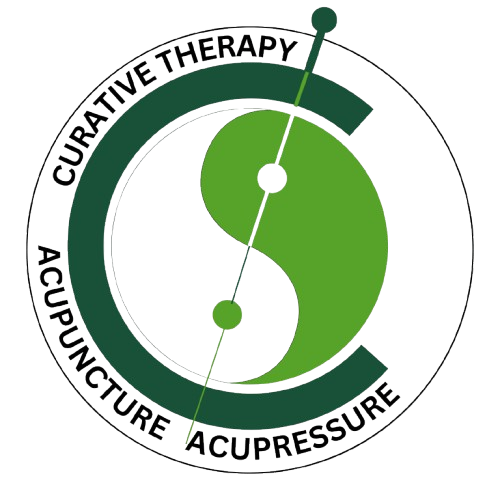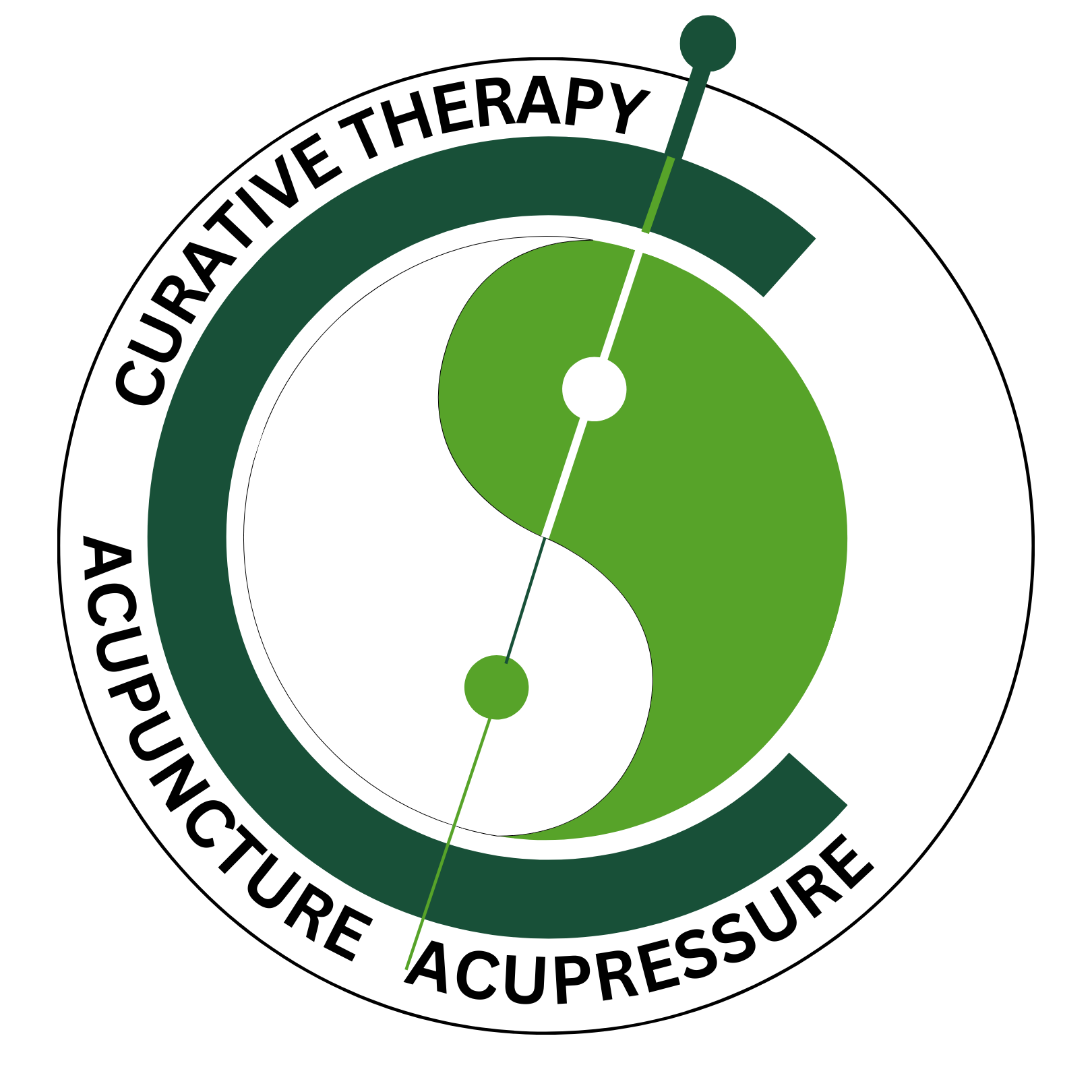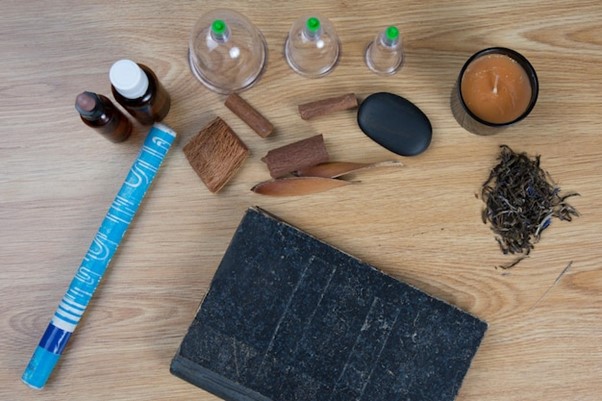Understanding Heat in Chinese Medicine
In Traditional Chinese Medicine (TCM), “Heat” is a common and significant pattern encountered in practice. It can manifest in a variety of ways, affecting both the mind and body, and may be caused by various factors, such as emotional stress, improper diet, or external pathogens. Understanding Heat’s aetiology, pathology, diagnosis, and treatment is crucial for effective management, especially when acupuncture is used as part of the treatment.
What is Heat in TCM?
Heat is a pathological factor in TCM, often linked to an excess of Yang energy that disrupts the balance of Yin and Yang in the body. It can result in symptoms like a feeling of heat, thirst, irritability, red face, and dry skin. Heat is typically diagnosed through careful observation of the tongue, pulse, and clinical symptoms.
It’s important to differentiate between various types of Heat, as they arise from different causes and require different treatments. In this article, we will explore the different patterns of Heat in TCM, how they arise, and the role of acupuncture in treating them.
Aetiology of Heat
When discussing the aetiology (cause) of Heat, it’s important to focus on “Full Heat” (or Wind-Heat), as opposed to “Empty Heat,” which is generally caused by Yin deficiency. Full Heat is often the result of external or internal factors, while Empty Heat arises due to long-term depletion of Yin, commonly caused by overwork, stress, and lack of rest.
There are three primary causes of Full Heat:
- Emotional Stress Emotional stress is a leading cause of Heat. Emotions such as anger, frustration, worry, fear, and grief can cause Qi stagnation in the body, eventually leading to the formation of Heat. Over time, this stagnation can heat up the body, affecting various organs, particularly the Heart, as it houses the Shen (spirit). This results in physical signs like a red tongue tip, a common diagnostic sign of emotional stress.
- Diet The consumption of overly hot or stimulating foods, especially alcohol and certain meats, can contribute to the buildup of Heat. Alcohol is particularly potent in generating Heat, with stronger alcoholic beverages like vodka being more heating than wine. Additionally, meats such as lamb, beef, and wild game (e.g., venison, pheasant) are considered “hot” in TCM. Excessive consumption of spicy foods (e.g., chili, curry) also increases Heat in the body.
- External Pathogens External pathogenic factors, such as Wind-Heat or Summer-Heat, can enter the body and, if not expelled at the exterior stage, transform into Interior Heat. This process is often seen in the case of a Wind-Heat invasion that affects the lungs, leading to Lung-Heat or Phlegm-Heat.
Heat and the Four Levels in TCM
In TCM, Heat is categorized into different levels, depending on how deeply it has penetrated into the body. These levels provide insight into the severity and progression of the condition:
- Wind-Heat Wind-Heat is a superficial pattern, often associated with symptoms like a sore throat, fever, and headache. If not treated properly, it may progress deeper into the body, transforming into more severe forms of Heat.
- Qi Level Heat At this level, Heat affects the Qi, causing symptoms such as fever, irritability, and thirst. Qi-level Heat can arise from external pathogens or internal factors like emotional stress and poor diet.
- Blood Level Heat Heat at the Blood level can cause more intense symptoms such as heavy bleeding, skin eruptions, or a red, flushed face. This form of Heat is often seen in conditions like heatstroke or skin rashes.
- Yin Deficiency Heat Yin Deficiency Heat occurs when the body’s Yin (cooling energy) becomes depleted, leading to internal Heat. This type of Heat tends to be more chronic and is often accompanied by symptoms like night sweats, hot flashes, and a red, dry tongue.
Types of Heat Patterns
- Full Heat Full Heat is a strong, intense form of Heat caused by factors like emotional stress, diet, or external pathogens. It presents with a feeling of heat, red face, thirst, and dry stools. The pulse is typically rapid and full, and the tongue is red with a yellow coating.
- Heat from Qi Stagnation Qi stagnation, often due to emotional stress, leads to the accumulation of Heat. This can cause irritability, restlessness, and a sensation of heat in the body.
- Empty Heat Empty Heat arises from Yin deficiency, which may be caused by overwork, excessive emotional strain, or prolonged illness. It presents with symptoms such as night sweats, hot flashes, and a red tongue with little or no coating.
- Damp-Heat Damp-Heat occurs when the body accumulates moisture, which then combines with Heat. It often affects the digestive system, causing symptoms like nausea, bloating, and yellowish skin or eyes.
- Phlegm-Heat Phlegm-Heat is a combination of Heat and phlegm that can affect the lungs and digestive system. Symptoms include cough with thick yellow phlegm, a feeling of heaviness, and a greasy tongue coating.
- External Heat External Heat refers to Heat that enters the body from the outside, often in the form of Wind-Heat or Summer-Heat. This type of Heat is typically seen in the early stages of illness and presents with fever, chills, sore throat, and other flu-like symptoms.
- Latent Heat Latent Heat is Heat that is trapped within the body and not yet fully expressed. It can remain hidden for long periods, causing subtle symptoms such as fatigue, irritability, or mild heat sensations.
- Yin Fire Yin Fire is a specific form of Empty Heat caused by Yin deficiency. This pattern often occurs in chronic conditions and presents with symptoms like night sweats, a red dry tongue, and a feeling of heat in the palms and soles.
Clinical Manifestations of Heat
Heat manifests in various ways, depending on the organ involved. General signs of Full Heat include:
- A feeling of heat, red face, thirst, and anxiety.
- Dry stools, scanty and dark urine.
- A rapid, full pulse and a red tongue with a yellow coating.
Additional specific symptoms vary according to the organ affected by Heat:
- Lung-Heat: Cough, slight breathlessness, red face, thirst, and a red tongue with yellow coating.
- Stomach-Heat: Burning epigastric pain, excessive hunger, foul breath, and a red tongue in the center with a yellow coating.
- Liver-Heat: Irritability, dizziness, red face, bitter taste, and a red tongue with yellow coating.
- Heart-Heat: Palpitations, mental restlessness, thirst, and a red tongue with a yellow coating.
- Spleen-Heat: Burning abdominal pain, excessive hunger, and a red tongue with dry yellow coating.
Acupuncture Treatment for Heat Patterns
Acupuncture is an effective treatment for various Heat patterns. By restoring balance to the body’s Qi, acupuncture helps clear excess Heat, regulate the organs, and alleviate symptoms. Here are some acupuncture points commonly used for treating Heat in different organs:
- Lung-Heat: LU-5 (Chize), LU-10 (Yuji), LU-7 (Lieque), LI-11 (Quchi), LU-1 (Zhongfu).
- Stomach-Heat: ST-44 (Neiting), ST-34 (Liangqiu), ST-21 (Liangmen), Ren-12 (Zhongwan).
- Liver-Heat: LIV-2 (Xingjian), LIV-3 (Taichong), GB-20 (Fengchi), Du-24 (Shenting).
- Heart-Heat: HE-9 (Shaochong), HE-8 (Shaofu), HE-7 (Shenmen), Ren-15 (Jiuwei).
- Spleen-Heat: SP-2 (Dadu), LI-11 (Quchi), ST-44 (Neiting), Ren-11 (Jianli).
In addition to acupuncture, Chinese herbal formulas can be used to clear Heat, such as:
- Lung-Heat: Qing Bai San (Clearing White Powder).
- Stomach-Heat: Bai Hu Tang (White Tiger Decoction).
- Liver-Heat: Long Dan Xie Gan Tang (Gentiana Draining the Liver Decoction).
- Heart-Heat: Dao Chi San (Draining Redness Powder).
- Spleen-Heat: Xie Huang San (Draining the Yellow Powder).
Heat is a common and significant pattern in TCM that can arise from a variety of causes, including emotional stress, diet, and external pathogens. Proper diagnosis and treatment, particularly with acupuncture, are essential in restoring balance and alleviating symptoms. By clearing Heat from the body and addressing the underlying causes, acupuncture helps promote overall health and well-being. For those suffering from Heat-related conditions, acupuncture offers a safe, effective, and holistic approach to healing.



